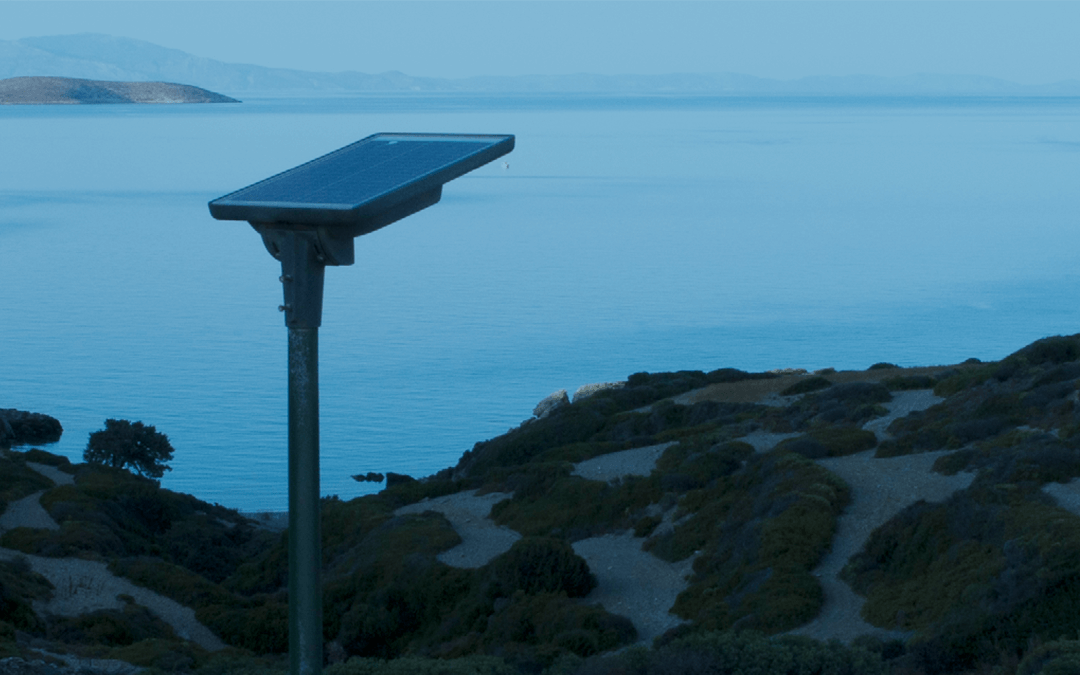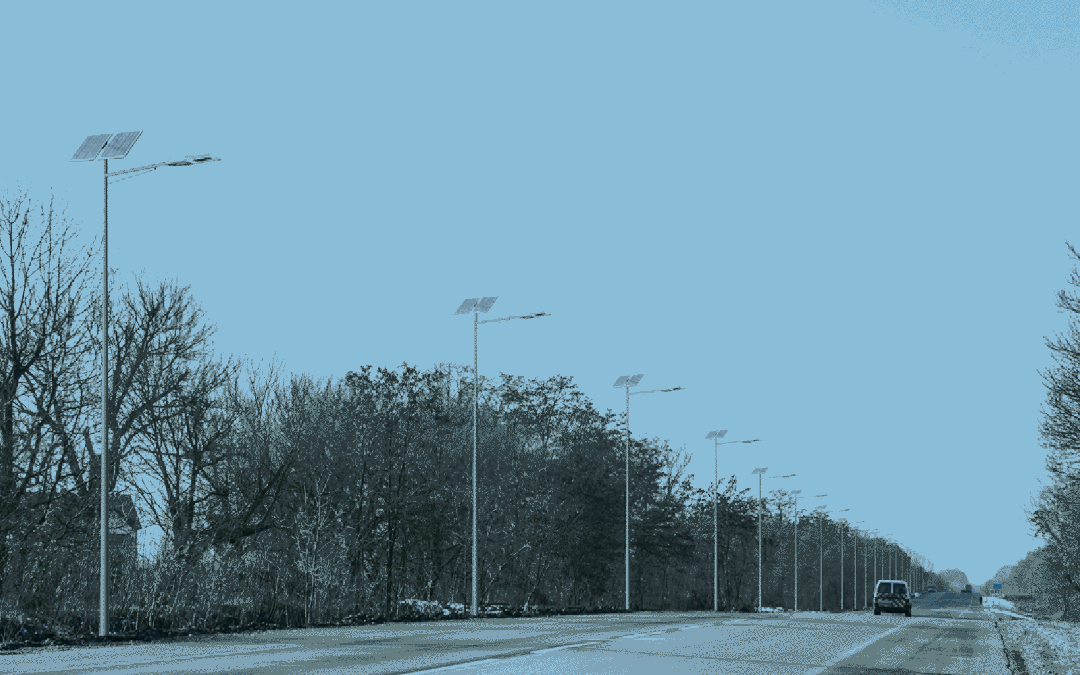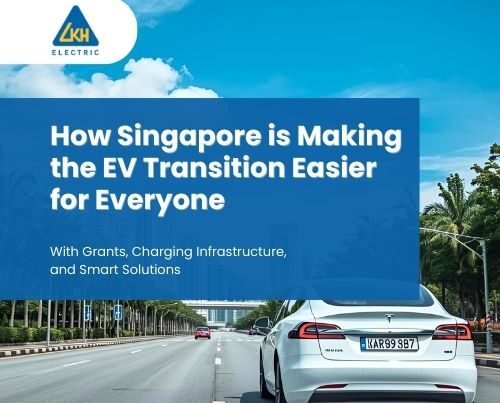
Solar Powered Street Lights are efficient and cost effective
Clean energy system are essential to achieve internationally set climate objectives. Utilising Philips solar powered street lights, cities across Europe are minimising emissions and scaling up on the use of renewables.

Off-Grid Solar Powered Street Lights
Off-grid solar powered street light use free & renewable energy, and support people with no access to the power grid. In addition, they saves on cabling and distribution switchgear costs.
An off-grid solar street lighting system consists of luminaries, solar panels and batteries designed to operate autonomously without any connection to an electrical grid. The solar panels charge the batteries during the day and the stored energy powers the LEDs at night.

Hybrid Solar Powered Street Lights
Hybrid solar powered street lights gives large populations connected to a power grid an opportunity to reduce their carbon footprint, thereby resulting in a greener and healthier world. The solar panels charge the batteries during the day and the stored energy powers the LEDs at night. If the batteries run out of power, the LEDs are powered with energy drawn from the power grid.

Case Study: Leipsoi Island
As with any island in the Greek Dodecanese, imported energy is expensive. Introducing nighttime street and area lighting to the island’s communities was challenging, especially given electricity grid does not always follow the street layout. Locals wanted streetlights that would be aesthetically compatible with the natural landscape and, at the same time, a level of lighting that would improve visibility without overwhelming the beautiful night skies.

The installation of 28 solar powered Philips SunStay autonomous LED luminaires provided what Mayor Fotis Mangos described as “a very effective, very functional, and highly aesthetically compatible” solution.
The solar luminaires have been fitted with Passive Infrared (PIR) sensors, which detect the approach of pedestrians or vehicles. This allows the light level to be increased automatically to the maximum 3,000 lumens from a background level of around 900 lumens.
It also means that the high efficiency (175 lumens/Watt) LEDs can operate for two full nights without receiving any solar energy, easing maintenance and optimising battery life.





